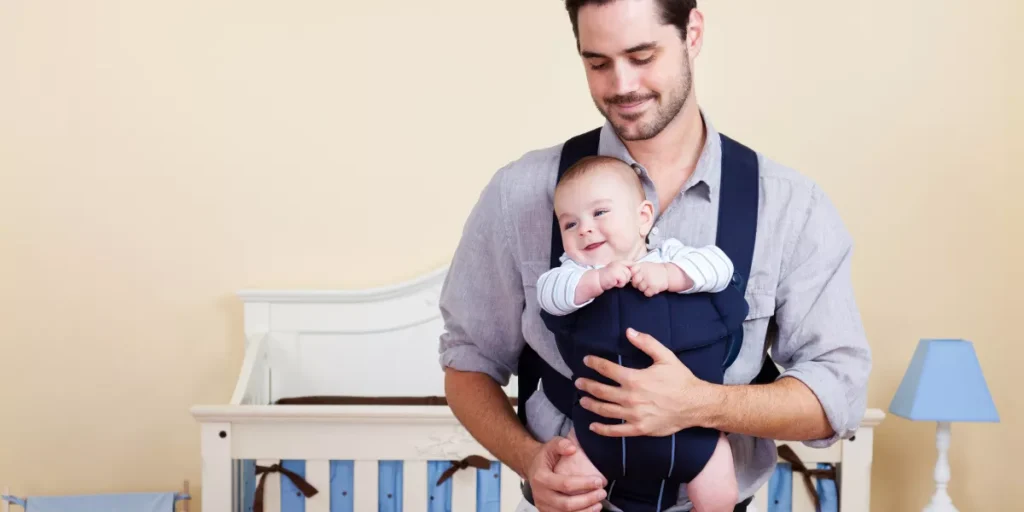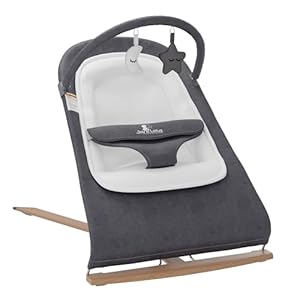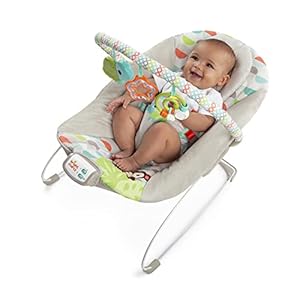
When it comes to babywearing safety, you want to ensure that your little one is secure and comfortable. But what are the essential dos and don’ts to keep in mind to guarantee a safe babywearing experience? From proper positioning to choosing the right carrier, there are crucial steps you need to follow to protect your baby and enjoy the benefits of babywearing. So, let’s dive into the dos and don’ts that will make your babywearing journey a smooth and secure one.
Proper Babywearing Positioning
When babywearing, ensure your little one is snug against your body, with their airways clear and visible at all times. This positioning is crucial to ensure your baby can breathe properly and is in a safe and secure position. Make sure your baby’s face isn’t pressed into your body or covered by any fabric. Their chin shouldn’t be touching their chest, as this can restrict their airflow. Keep your baby’s head close enough to kiss to monitor their breathing and ensure they’re comfortable.
Additionally, check that your baby’s legs are positioned correctly. In an ergonomic baby carrier, your baby’s legs should be in the ‘M’ position, with their knees higher than their hips. This position supports healthy hip development and prevents any discomfort for your little one. Regularly check your baby’s position while babywearing to make sure they’re secure and in the proper alignment. By following these guidelines, you can ensure a safe and comfortable babywearing experience for both you and your baby.
Choosing the Right Baby Carrier
To ensure optimal comfort and safety for you and your baby, selecting the appropriate baby carrier is essential. When choosing a baby carrier, consider factors such as your baby’s age and size, your body type, and how you plan to use the carrier.
Soft-structured carriers, like buckle carriers, are easy to use and provide good support for longer outings. Ring slings are versatile and can be adjusted for different caregivers, making them a great option for quick trips. If you prefer a more traditional option, wrap carriers offer a customizable fit but may have a steeper learning curve.
Ensure that the carrier you choose provides proper support for your baby’s head and neck, keeps their airways clear, and allows for proper leg positioning. Additionally, make sure the carrier is comfortable for you to wear for extended periods to prevent strain or discomfort.
Safety Precautions to Keep in Mind
Ensure your baby carrier is properly adjusted to fit snugly and securely to your body before placing your baby inside. This is crucial to prevent your baby from slumping down or suffocating. Always check that all buckles, straps, and ties are fastened correctly and that the fabric isn’t twisted or bunched up. Before heading out, practice putting on and taking off the carrier with a doll or a stuffed animal to ensure you’re comfortable and confident with the process.
Additionally, make sure to position your baby high enough on your chest so that you can easily kiss the top of their head. Keep their airways clear by ensuring their chin is off their chest and they’ve a clear breathing passage. Regularly check on your baby’s position while in the carrier to guarantee they’re safe and secure.
Lastly, avoid any activities that could jeopardize your baby’s safety while babywearing, such as cooking over an open flame or engaging in high-impact sports. By following these safety precautions, you can enjoy the benefits of babywearing while keeping your little one safe.
Common Babywearing Mistakes to Avoid
To ensure safe babywearing practices, always check that your carrier is properly fitted and secured before placing your baby inside. One common mistake to avoid isn’t adjusting the carrier to fit your body correctly. A carrier that’s too loose can lead to instability and discomfort for both you and your baby. Additionally, failing to follow the manufacturer’s instructions on how to wear the carrier properly can compromise safety. It’s crucial to familiarize yourself with the recommended positioning and adjustments to prevent accidents.
Another mistake is overlooking your baby’s airway. Ensure that your baby’s chin is off their chest and that their face is visible at all times. Incorrect positioning can restrict airflow, posing a risk of suffocation. Moreover, neglecting to regularly check and readjust your baby’s position can result in discomfort or even injury. Remember to monitor your baby’s body alignment and make necessary adjustments to keep them safe and comfortable during babywearing.
Baby products














